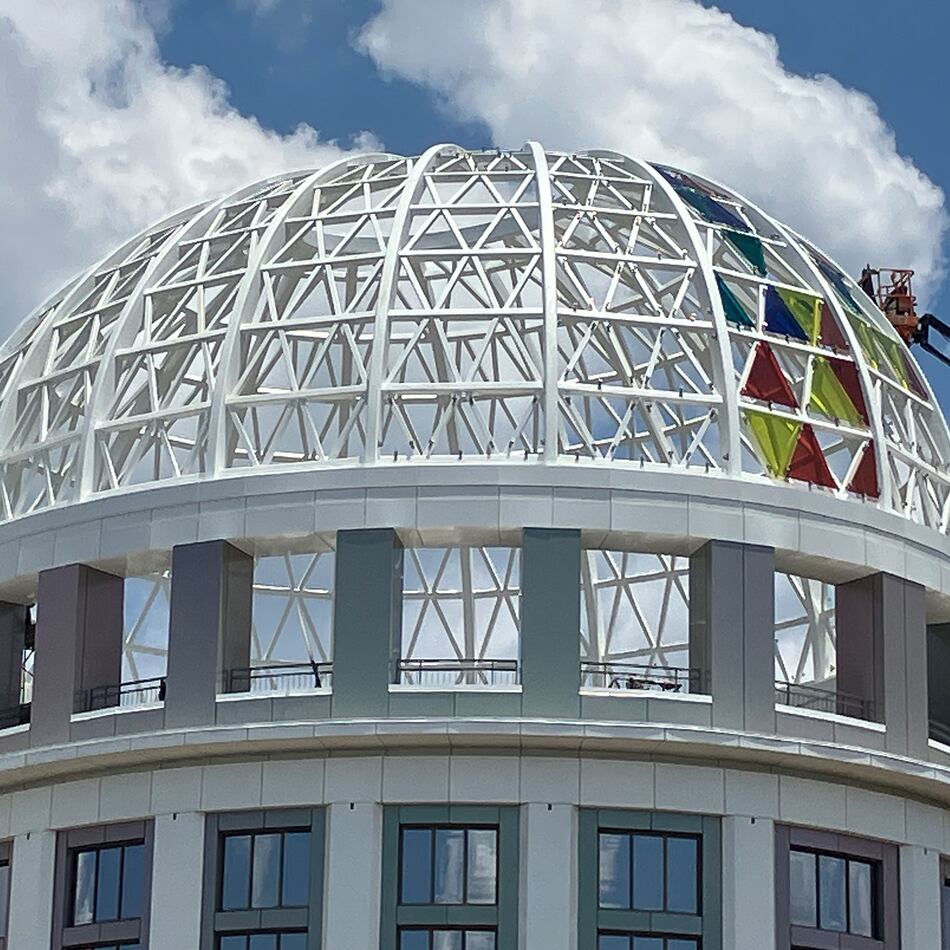October is one of my two most favorite months of the year (the other is April). From beginning to end, October is a carnival of stunning color. Fall wildflowers — bonesets, goldenrods, joe-pye weed, asters — are in their glory now. At month’s end, the oaks, maples, hickories and other hardwoods will be decked out in their bright red, orange, yellow and purple hues of autumn.
Georgia’s woods and fields literally beckon us outdoors now. I never fail to come across natural scenes this time of year that literally leave me breathless. Like the deep-red leaves of smooth sumac forming a backdrop for a mass of bright yellow goldenrods mixed in with purple asters.
October is a transition month, a goodbye to summer and preparation time for winter. Fall songbird migration is peaking now. By the end of the month, nearly all of Georgia’s so-called neo-tropical migrants that nested here in the summer — ruby-throated hummingbirds, flycatchers, buntings, vireos, thrushes, tanagers and others — will be ensconced in their winter homes farther south.
At the same time, we’ll be bidding hello to our arriving winter birds — ruby-crowned and golden-crowned kinglets, yellow-rumped warblers, yellow-bellied sapsuckers, white-throated sparrows, cedar waxwings, juncos and others — that nest up north and spend the cold months in Georgia.
October also is when monarch butterfly migration peaks. Black bears are on the move, feeding on acorns, nuts and berries. White-tailed deer are starting to breed, and so are gray foxes. Flatwoods salamanders will breed with the first heavy rains of October. Bald eagles are flying about, getting ready to shore up old nests or build new ones for the nesting season that begins in November.
On Georgia’s coast, the last of this season’s baby loggerhead sea turtles are hatching and crawling into the ocean as quickly as possible to escape predators. In all, 995 loggerhead nests were counted on barrier islands this year — an average year compared with high numbers of recent nesting seasons.
Mating love bugs (small black and red flies) are still plastering automobile windshields in South Georgia and probably will continue to do so until early frost.
In North Georgia’s mountains, bottle and fringed gentians (wildflowers) are blooming and appear to compete with autumn skies for the bluest blue of the year. Daddy longlegs (common spider-like arachnids) are sexually mature and fully grown, and searching for mates.
In the sky: The moon will be full on Sunday — the harvest moon, says David Dundee, astronomer with the Tellus Northwest Georgia Science Museum. Many folks think the harvest moon occurs only in September, but by definition, it is the full moon closest to the first day of fall, which was Sept. 22. Last month's full moon occurred Sept. 4. Next week, watch the moon as it "shrinks" to last quarter by the end of the week.
Mercury is low in the east just before sunrise. Bright-shining Venus rises just before the sun. Mars rises out of the east just before midnight. Jupiter is high in the south at sunset and sets in the west about midnight. Saturn is very low in the east just before sunrise.
About the Author
Featured
